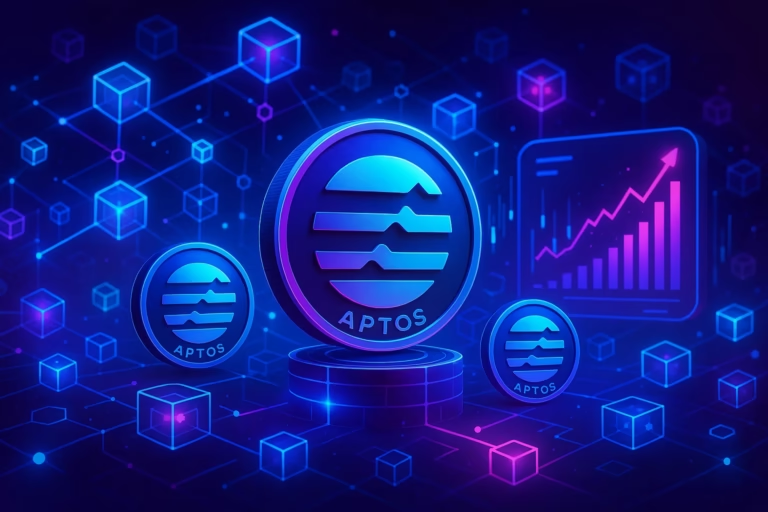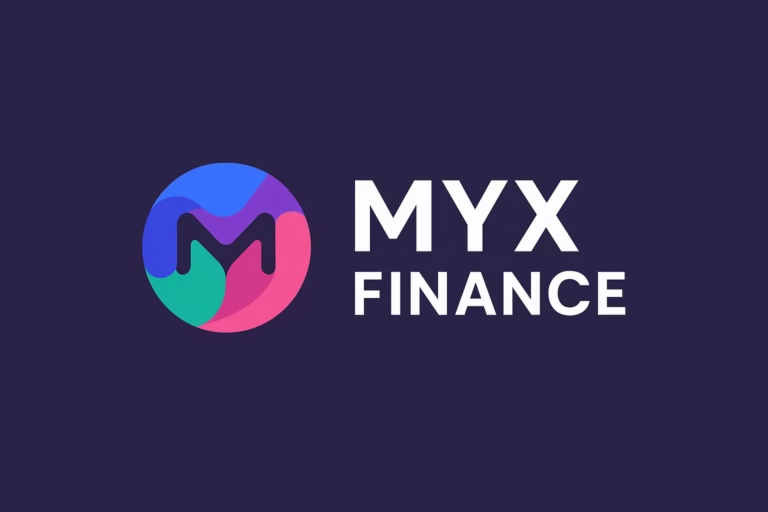
- Bitcoin is primarily a scarce digital asset, valued for its security and store of value similar to gold, supported by a strong and dedicated community.
- In contrast, Ethereum serves as a versatile platform for building decentralized applications, powered by an innovative ecosystem focused on expanding blockchain use cases.
Blockchain technology has revolutionized how we think about money, ownership, and computing. But as Paul Brody, EY’s Global Blockchain Leader, emphasizes, not all blockchains play the same role. In fact, Bitcoin and Ethereum serve fundamentally different purposes, shaped by the communities that support them—what Brody calls “Layer 0.”
ALSO READ:SEC Begins Review of WisdomTree XRP Spot ETF Proposal
The Social Layer Behind Bitcoin and Ethereum
At their core, both Bitcoin and Ethereum rely on vibrant communities—enthusiasts, developers, investors, and more. These groups form the social consensus that sustains each network. Without this social layer, even the most advanced blockchain technology would struggle to survive. According to Brody, this community-driven “Layer 0” can only focus on one primary mission effectively.
Bitcoin: The Digital Gold
Bitcoin’s primary mission is to act as a scarcity-based store of value. It is often compared to gold—limited in supply and immune to political interference. Bitcoin’s proof-of-work network protects its value by making it difficult to create new coins. It does not generate income or cash flow; instead, its worth lies in its rarity and security.
This scarcity drives an ongoing “memetic warfare”—a battle of narratives and ideas—that ensures Bitcoin remains dominant in the minds of investors. Supporters frequently highlight concerns about inflation, government debt, and fiat currency debasement to strengthen Bitcoin’s value proposition. Despite criticism and debate over these claims, the community’s conviction sustains Bitcoin’s position as a digital safe haven.
ALSO READ:How TRON’s Correlation with Bitcoin Could Boost Its Price in 2025
Ethereum: The World Computer
Unlike Bitcoin, Ethereum is a platform designed for building decentralized applications and extending the blockchain’s capabilities. Dubbed the “world computer,” Ethereum encourages innovation and growth through smart contracts and tokenization. Its community is deeply focused on engineering, development, and expanding use cases.
Ethereum dominates the smart contract space, hosting most tokenized assets and stablecoins, with over 100 Layer 2 networks enhancing scalability. Its ecosystem fosters a positive-sum game, where more participants and projects contribute to its overall value.
Different Missions, Different Cultures
Although some argue Ethereum should also serve as a scarcity asset and Bitcoin could evolve with its own layer two smart contract networks, Brody believes the cultural and social demands of these ecosystems mean they can’t excel at both functions simultaneously.
Bitcoin’s long-term value depends on sustained belief in its scarcity, while Ethereum’s future hinges on innovation and adoption as a platform. Each faces challenges, but their distinct roles ensure their coexistence—and the ongoing “memetic warfare” between communities—will likely persist for years.
In summary, Bitcoin is best understood as a digital asset that holds value like gold, while Ethereum is a programmable platform driving the future of decentralized applications. Both are crucial pillars of blockchain’s future but excel in fundamentally different ways.
MIGHT ALSO LIKE:SEC Begins Review of WisdomTree XRP Spot ETF Proposal




